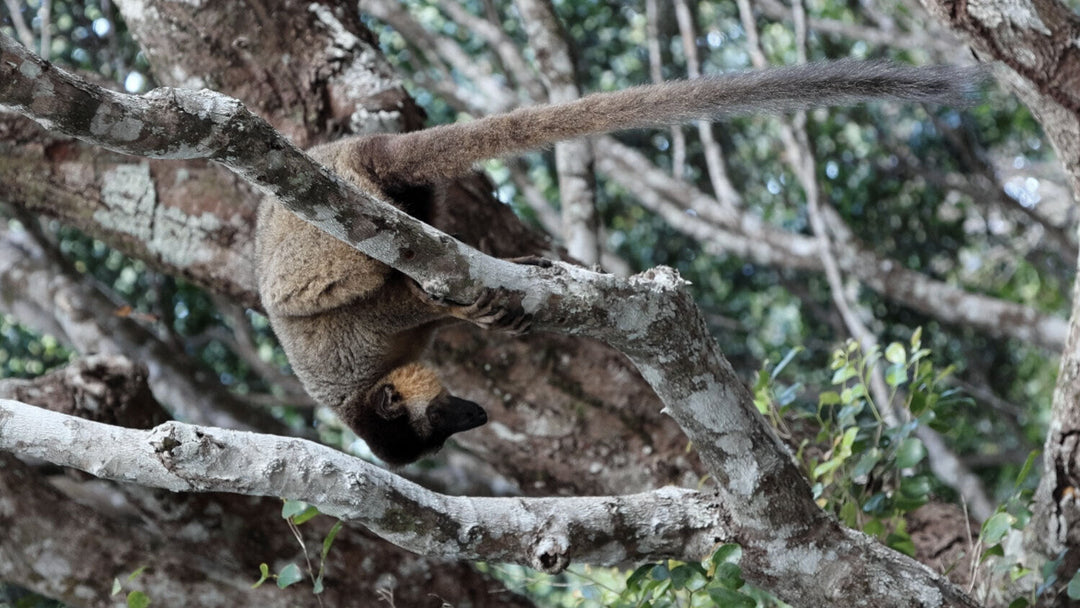Best Settings for the NatureSpy Ursus Trail Camera
The NatureSpy Ursus trail camera features a versatile range of settings that can be adjusted to fit different wildlife watching scenarios.
In this guide, we share excellent all-round settings for video and photo modes. Think of these settings as a starting place and fine-tune them to suit your needs and camera location. Below, we summarise the settings; read on for explanations of why they work well.

NatureSpy Ursus Trail Camera
Summary
Best video settings
Video Size: 1920 x 1080
Video Length: 20 seconds
Sensor Level: High
Interval: 1 second
Flash mode: Does not apply to video
Best photo settings
Image Size: 5M
Capture Number: 3
Sensor Level: High
Interval: 1 second
Flash mode: Fast Motion
Sample footage recorded at 1920 x 1080 resolution
Best Video Settings Explained
Video Size: Maximum 1920 x 1080 video resolution records 1080p HD video at 30fps, producing clear footage.
Video Length: 20 seconds is a great starting place. Extend the video length if it feels like interesting footage is being missed, shorten it if too much empty footage is being recorded after an animal has left the area.
Sensor Level: Set to High, this will maintain a responsive camera at longer ranges for larger animals and at shorter ranges for smaller animals. If capturing excessive amounts of false triggers (e.g., moving foliage causing the camera to trigger), firstly try moving the camera or cutting back the foliage. If this doesn’t work or isn’t possible, consider reducing the sensor level to ‘Normal’.
Interval: Start at 1 second. Fine-tune this to the camera location and your needs. If you want to capture everything, stick to 1 second, if you’re getting an overwhelming amount of footage (e.g., the same squirrel setting up shop), consider intervals of 60 seconds or more.
Flash mode: This option does not apply to video, it only applies to photo.

Sample photo on 5M setting
Best Photo Settings Explained
Image Size: Set this to 5M, which is the smallest image size (but don’t worry, it’s still a large image!). Although counterintuitive, this is common with almost all trail cameras, as they use interpolation for photos, which means that larger photos are only bigger because they're artificially enhanced. The 5M setting produces images that are not artificially enhanced.
Capture Number: 3 captures per trigger is a good place to start. Increase this if more images are needed for reliable or easier species identification, decrease this if capturing more photos than needed in each trigger/event.
Sensor Level: Set to High, this will maintain a responsive camera at longer ranges for larger animals and at shorter ranges for smaller animals. If capturing excessive amounts of false triggers (e.g., moving foliage causing the camera to trigger), firstly try moving the camera or cutting back the foliage. If this doesn’t work or isn’t possible, consider reducing the sensor level to ‘Normal’.
Interval: Start at 1 second. Fine tune this to the camera location and your needs. If you want to capture everything, stick to 1 second, if you’re getting an overwhelming amount of footage (e.g., the same squirrel setting up shop), consider intervals of 60 seconds or more.
Flash mode: For the best all-round flash option, select Fast Motion. Choose 'Long Range' for illuminating larger open areas at the expense of more motion blur, or 'Low' for close-range setups (e.g., monitoring small mammals).
Best Settings for Nocturnal Wildlife
Follow the recommended video settings above and incorporate use of the 'Timer Period' setting. This sets the window of time for which the camera is ready to trigger. For example, when watching hedgehogs, set this to 8pm – 6am between March and November to focus on their nocturnal activity when out of hibernation.
Photo vs. Video: Which is Best?
Choosing between video mode and photo mode on a trail camera depends on the purpose for which the camera is being used.
Video mode enables the observation of animal behaviours. While video footage can provide more context and detail than a photo, it requires more battery power and files tend to be larger in size, requiring more storage space. Photo mode is effective when detecting the presence of a species is all that’s required. It uses much less battery power compared to video and photos are quicker to sort through.

NatureSpy Ursus Trail Camera
Ursus Trail Camera Tips
If you’ve just received an Ursus Trail Camera, we cover the basics in this guide, covering example videos, the user manual, threading the strap and more.
A Closer Look at the NatureSpy Ursus Trail Camera
Take a deep dive into the NatureSpy Ursus trail camera! This article takes a closer look at features, settings, installation tips and more.


